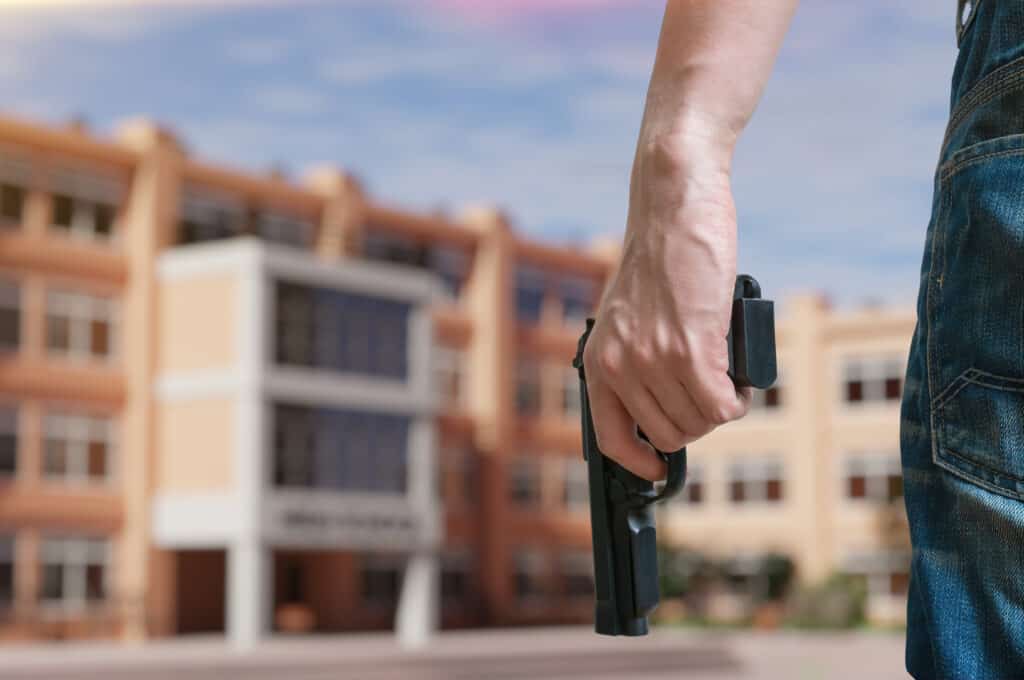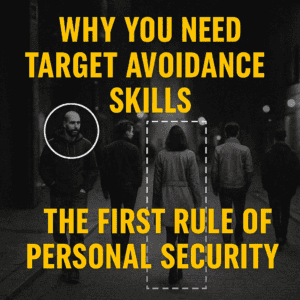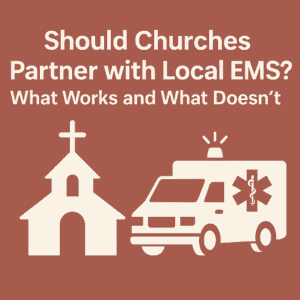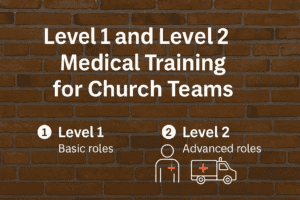Over the past few decades, K-12 school shootings have become an alarming and pervasive issue in the United States.
These tragic events, involving students, teachers, and staff, have catalyzed discussions and debates surrounding the complex factors that contribute to school shootings and how to prevent them from occurring.
As schools across the nation strive to provide a safe learning environment, understanding the root causes, trends, and potential solutions to tackle this devastating phenomenon becomes crucial.
Society has grappled with the impact of K-12 school shootings on the mental well-being of students, and the repercussions these incidents have on school communities as a whole.
These shootings not only present an ongoing challenge for educational institutions and law enforcement agencies but also trigger conversations related to mental health, effective security measures, and more.
Comprehensive analysis of past incidents and data-driven insights are essential for establishing successful preventative strategies and addressing the underlying causes of such violent occurrences.
Key Takeaways
- K-12 school shootings are a critical concern that requires an understanding of complex contributing factors and trends.
- Analyzing past incidents and data is crucial for developing effective prevention strategies and addressing root causes.
- School shootings impact the mental well-being of students, highlighting the need for effective school safety measures and discussions surrounding mental health and gun control.
Understanding K-12 School Shootings
School shootings have become a tragic and more common part of modern society.
Let’s start off by attempting to gain a more comprehensive understanding of K-12 school shootings by defining terms, discussing various factors, and providing an overview of these incidents.
Definition of Terms
- School shooting: An incident in which a firearm is discharged within a K-12 school or on school grounds. The term can apply to multiple scenarios, including a targeted attack on specific individuals, a planned massacre, or a negligent discharge of a weapon.
- K-12 school: An educational institution providing primary and secondary education, covering grades kindergarten through 12th grade.
- Incident: A single occurrence or event, in this context, referring to a school shooting or a related event.
Now that the terms are defined, it is crucial to discuss the impact of these incidents on students, families, and communities.
School shootings have undoubtedly become a significant concern in recent years.
The fear and anxiety surrounding these incidents have compelled stakeholders, including educators, parents, and policymakers, to seek solutions to prevent and mitigate the risks associated with school shootings.
Understanding the circumstances and motivations of individuals who commit school shootings is essential in developing effective prevention strategies.
Researchers have found that perpetrators often exhibit signs of mental distress or have experienced trauma or bullying.
In many cases, breakdowns in communication or inadequate mental health resources have led to missed opportunities for early intervention.
In conclusion, understanding K-12 school shootings involves examining the underlying factors that contribute to these incidents.
Knowledge of the issue can help people develop effective prevention strategies and foster safer school environments.
Historical Overview
The history of K-12 school shootings has been a concerning and tragic issue for educational communities worldwide.
The K-12 School Shooting Database provides a comprehensive record of these incidents, helping researchers, policymakers, and concerned individuals gain insights and seek solutions to reduce the occurrence of such devastating events.
School shootings have been happening for decades, with varying degrees of severity and impact.
Incidents range from single-fatality occurrences to mass shootings with multiple casualties.
As the years progress, societal and psychological factors contributing to these tragic events have evolved, resulting in an increased need for understanding and prevention strategies.
A study featured on APA PsycNet presents an in-depth analysis of various aspects of K-12 school shootings.
It provides valuable information on the commonalities and differences among these incidents, offering insights into the possible causes and potential preventive measures.
The K-12 School Shooting Database gives us an overview of the fluctuations in the frequency of such incidents over the years.
By analyzing the data, researchers can identify patterns and trends, enabling them to form hypotheses and target specific issues in their efforts to prevent future occurrences.
Understanding the historical context of K-12 school shootings is crucial for developing effective prevention strategies and cultivating safer learning environments for students.
Utilizing resources like the K-12 School Shooting Database and in-depth research studies allows us to better comprehend the factors contributing to these tragic events and work towards reducing their frequency and impact.
Examining The Data

Data Sources
Several organizations and researchers have collected and analyzed data on K-12 school shootings.
The National Center for Education Statistics (NCES) is one source that includes information about school shootings within the United States.
Another reputable source of data is the Center for Homeland Defense and Security (CHDS), which has compiled data on gun violence in American schools since 1970.
Additionally, Education Week journalists have conducted their own research on the topic, gathering information and statistics from various sources to provide comprehensive school shooting data.
Statistics Review
When examining the available data, it is essential to consider the methodology used by researchers.
Different definitions of school shootings and instances of gun violence may affect the overall data and statistics.
According to the Center for Homeland Defense and Security, in 2018, there were 97 incidents of gun violence in K-12 schools.
This resulted in a total of 55 people killed and 98 people injured.
The NCES data shows a similar trend in the number of school shootings, although the numbers may vary due to differences in definitions and methodologies.
In general, the available data demonstrates that school shootings are a continuing issue in the United States, and ongoing research is required to better understand the contributing factors and potential solutions.
In-Depth Incident Analysis
Specific Incident Examinations
Analyzing specific incidents of school shootings can reveal patterns and common elements that might be used to prevent future tragedies.
One major shooting that unfolded in the past is the massacre at Marjory Stoneman Douglas High School in 2018, which killed 17 people.
Such incidents shed light on factors like the shooter’s motives, access to guns, and the time of day the shootings occurred.
As a result, schools and policymakers can focus on targeted measures to deal with these factors.
Common Elements
Several elements seem to be common in most K-12 school shooting incidents.
To have a better understanding of these common elements, one can refer to the Naval Postgraduate School’s K-12 school shooting database.
Weapons: Guns are often the primary weapon used in these tragic events.
Day of the Week: Most school shootings take place during weekdays when students are present on school property.
Shooter Profile: Shooters in the majority of cases are current or former students, although there have been incidents involving outsiders as well.
Victims: Various K-12 shooting incidents have witnessed victims from a wide range of categories, including students, school employees, and even the shooters themselves (in case of suicides or self-inflicted injuries).
Casualties: The number of casualties (people killed or injured) varies widely from one incident to another, with mass shootings generally having a higher number of casualties.
Consequences and Impacts
Casualties and Injuries
K-12 school shootings inevitably lead to a heartbreaking number of casualties, including both deaths and injuries.
In these tragic incidents, children and adults alike can become victims of firearm-related injuries or deaths.
Psychological Impacts
The effects of a school shooting extend far beyond the physical damage.
Survivors, witnesses, and even those who were not directly involved may experience lasting psychological impacts.
The trauma of a shooting can lead to feelings of fear, anxiety, and depression.
In some cases, survivors and witnesses may develop post-traumatic stress disorder (PTSD), which can have a profound effect on their day-to-day lives.
Effects on the Community
School shootings have far-reaching consequences for the entire community.
Parents, family members, and friends of the victims may struggle with grief and feelings of helplessness.
Communities are often left shaken and fearful for the safety of their loved ones.
The aftermath of such events may also lead to increased security measures and policy changes to prevent future incidents.
Furthermore, the trauma from a school shooting may have lasting impacts on interpersonal relationships and the overall well-being of community members.
School Safety Measures
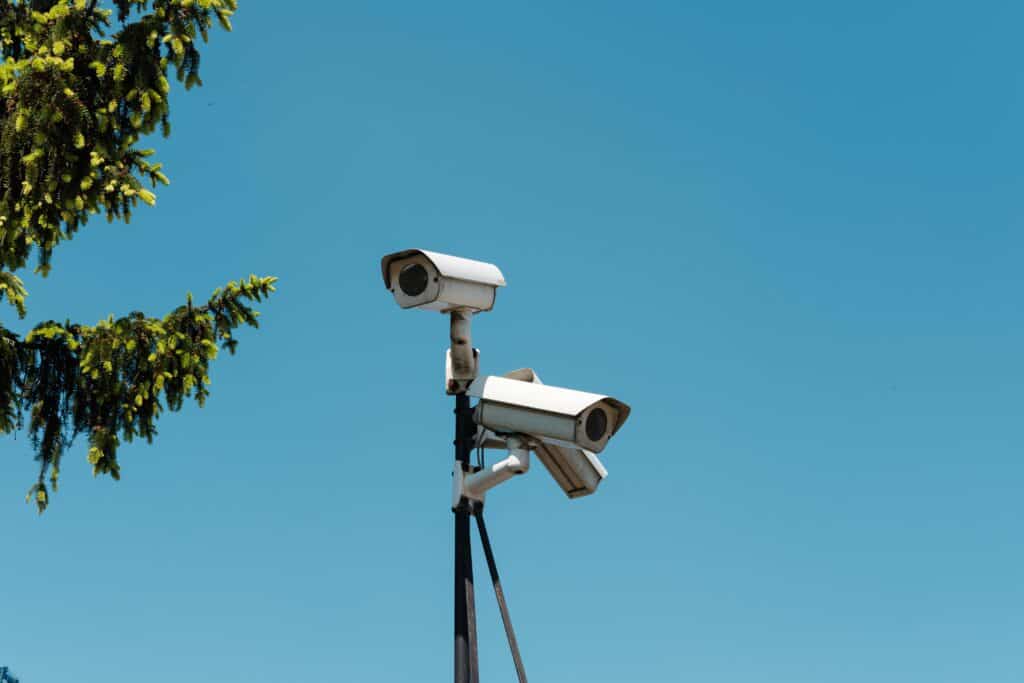
Physical Security Measures
K-12 schools have been implementing various physical security measures to ensure the safety of students and staff.
One of these measures includes the deployment of school resource officers, who are trained law enforcement officers responsible for providing security and crime prevention in educational institutions.
School buildings are frequently being designed with enhanced security features such as secure entrances, surveillance cameras, and access control systems.
In addition to these security measures, some schools have armed teachers or other staff members as a means to further protect their students.
Legislation and Policy
As concerns about school safety continue to rise, legislation and policy surrounding this issue are evolving.
Both gun rights and gun control play a significant role in the ongoing debate.
Efforts to reduce the risk of school shootings have included stricter background checks for firearm purchases, mandatory waiting periods for those wishing to obtain a weapon, and the implementation of gun-free school zones.
On the other hand, some argue that school safety could be improved by providing staff members with firearms training and the ability to carry concealed weapons on school property.
Addressing School Shootings
Preventive Strategies
Implementing solutions to prevent school shootings is essential in protecting students and school employees.
One crucial aspect is developing a reliable information system for counting incidents that involve violence on school grounds, including on school buses and during school-sponsored events.
Obtaining accurate data can help educators and law enforcement identify patterns and potential threats.
In addition to data collection, preventive strategies may include the implementation of threat assessment procedures and crisis drills.
Some schools in states like Texas have already implemented such programs to help staff respond effectively to emergencies, following events like the tragic shooting at Marjory Stoneman Douglas High.
Support from government agencies, such as the Department of Justice, can assist in providing resources and training for these critical initiatives.
Managing Aftermath
When a school shooting does occur, it is essential to provide accurate and timely information to the public.
Local news outlets play a crucial role in relaying information, combatting misinformation, and minimizing panic.
In cases where a weapon is brandished but not discharged, or only self-inflicted injuries occur, clear reporting can help prevent unnecessary alarm.
In the aftermath of a shooting, it is vital to support the affected community through resources for mental health services and grief counseling.
Schools should also work closely with law enforcement to conduct thorough investigations into the incidents.
APA PsycNet suggests that further research is needed to better understand the complex factors contributing to school shootings, which can ultimately help in improving both preventive strategies and post-incident management.
Existing Challenges
One of the primary challenges in addressing K-12 school shootings is the unfortunate reality of injuries and deaths that occur as a result of these incidents.
When a firearm is discharged on school property, the risk to students, staff, and others is significant, leading to potential physical and emotional trauma.
Furthermore, these tragic events can also lead to suicides, intensifying the impact on the affected community.
According to a study published on APA PsycNet, the prevalence of suicide as an outcome of school shootings highlights the need for comprehensive mental health support for those affected and better prevention strategies.
In addition to providing support and prevention measures to students and staff, ensuring the security of K-12 school property is vital in curbing school shootings.
Implementing adequate safety measures – such as security personnel, video surveillance, and lockdown procedures – can contribute to minimizing the risk of an armed individual entering the premises.
Finally, communication and cooperation between school administrations, local law enforcement, and the community are crucial in detecting potential threats and responding effectively when incidents occur.
By working together, these entities can begin to address and overcome the challenges presented by K-12 school shootings.
Conclusion
K-12 school shootings are a complex and troubling issue.
Prevention and intervention strategies have become critical, as communities, educators, and policymakers work together to create safe learning environments for students.
Regardless of one’s stance on gun control, there is unanimous agreement on the need to protect children and staff in educational spaces.
Efforts must be multi-faceted and comprehensive, addressing mental health, school safety measures, and broader societal influences contributing to a culture of violence.
Collaboration amongst different stakeholders, including parents, students, teachers, law enforcement, and mental health professionals, is crucial in the fight to reduce and eventually end school shootings.
As the conversation around K-12 school shootings continues, it is important to strive for a balanced and factual dialogue.
The focus should remain on understanding the root causes and developing effective solutions, rather than succumbing to emotional bias or manipulation.
By maintaining a confident, knowledgeable, neutral, and clear tone of voice, society can work to make lasting, meaningful changes in the lives of students and their families, and ultimately make our schools safe havens for learning and growth.
Frequently Asked Questions
What are the common causes of K-12 school shootings?
The common causes of K-12 school shootings include multiple factors such as bullying and mental health issues. Researchers have identified a combination of individual, relational, community, and societal factors that contribute to the risk of school shootings. Often, shooters exhibit signs of alienation, anger, and depression.
What measures can schools take to prevent such incidents?
Schools can take numerous measures to prevent school shootings. Some of these preventative measures include strengthening security measures, promoting a culture of inclusion, identification, and intervention for at-risk youth, implementing mental health and counseling services, offering training programs for staff and students, and fostering open communication with parents and the community.
How has policy evolved in response to K-12 school shootings?
Policy responses to K-12 school shootings have evolved over time. Efforts have been made on the federal, state, and local levels to address this issue through legislation, regulations, and guidance. These policies range from increased funding for mental health services to school safety measures such as emergency planning and additional security.
What are effective strategies for survivors and communities to cope with the aftermath?
Effective strategies for survivors and communities include accessing mental health and grief counseling services, attending support groups, and participating in community events focused on healing and resilience. Schools can also provide support by promoting open dialogue, offering resources for coping, and creating safe spaces for expression and healing.
How can parents and educators identify warning signs in students?
Parents and educators should be vigilant in observing students’ behavior and emotions. Warning signs may include erratic or aggressive behavior, isolation, depression, or an obsession with violence. By fostering open communication channels and encouraging students to express themselves, parents and educators can better identify students in need of intervention or support.
What role do mental health services play in addressing this issue?
Mental health services play a crucial role in addressing school shootings by providing support to at-risk youth, survivors, and affected communities. These services include therapy, counseling, crisis intervention, and educational resources. They also help in identifying warning signs, assessing threats, and developing prevention and intervention plans.

